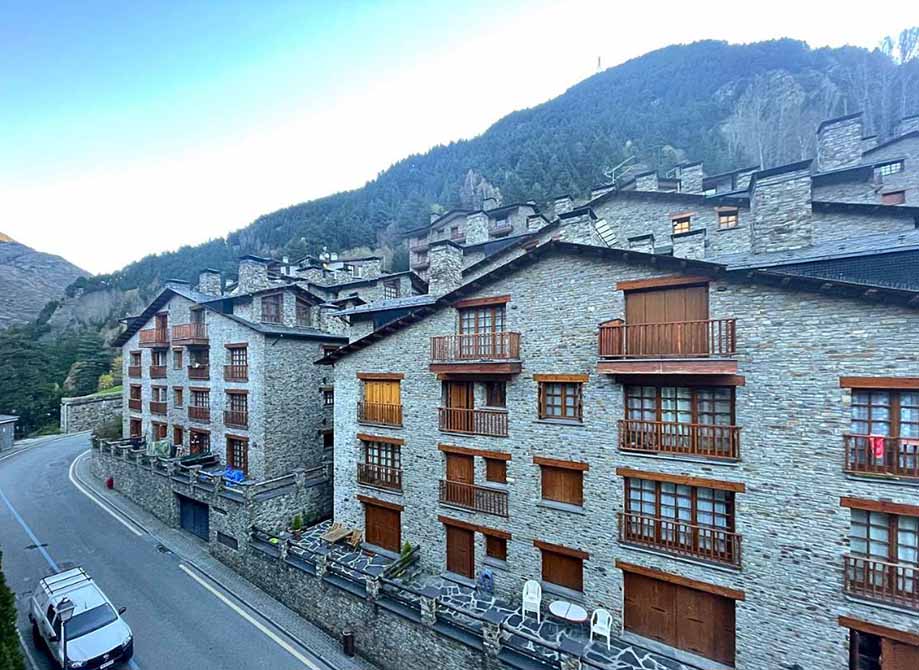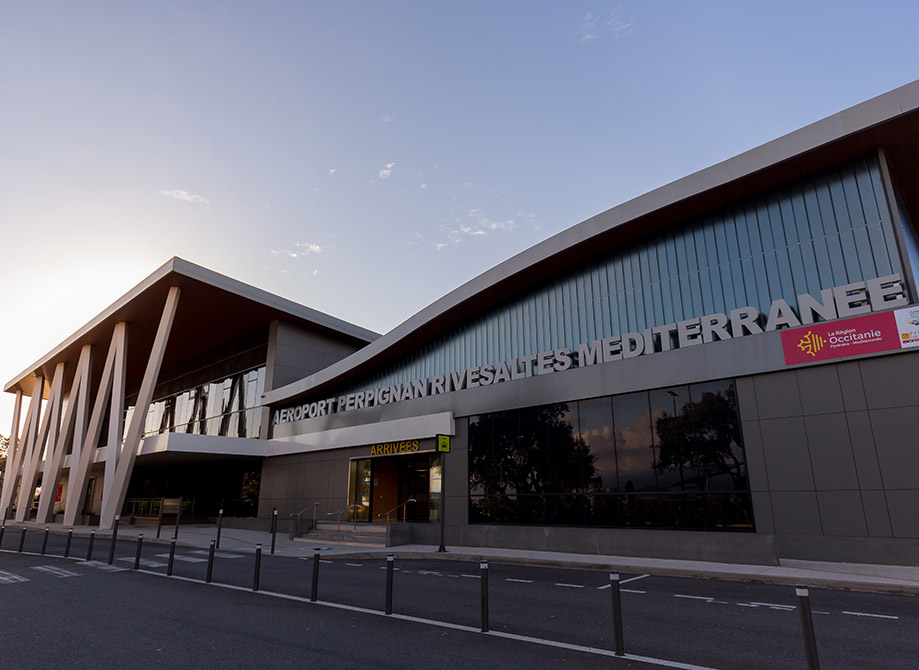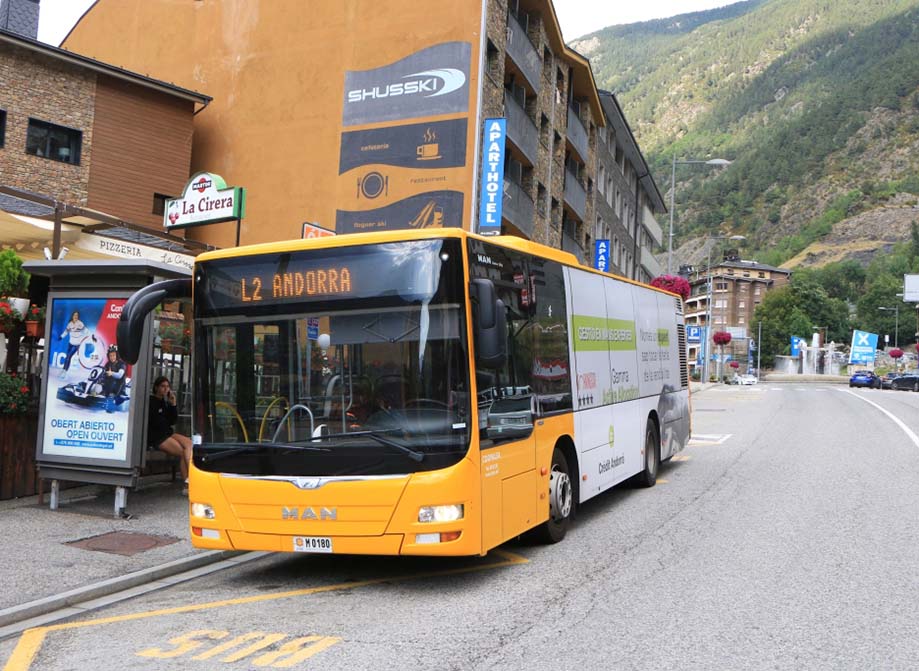
When I first decided to visit Andorra, I’ll admit—logistics weren’t exactly straightforward. Nestled high in the Pyrenees between France and Spain, this microstate is stunning, serene, and full of charm. But unlike most travel destinations in Europe, Andorra doesn’t have an airport—or even a train station. It’s part of what makes the country feel so untouched, so delightfully removed from the hustle of typical tourist paths. But it also makes getting there a bit of a journey.
Fortunately, that journey is half the adventure—and once I figured it all out, I realized the options are actually quite convenient if you plan ahead. In this guide, I’ll walk you through the best ways to get to Andorra based on my own experience, share tips for each route, and help you decide which one suits your travel style best.
Choosing Your Gateway City: Barcelona, Toulouse, or Perpignan?
Since Andorra doesn’t have its own airport, your journey will begin by flying into a nearby city and continuing by road. The three main gateway cities to consider are Barcelona-El Prat Airport (Spain), Toulouse-Blagnac Airport (France), and Perpignan-Rivesaltes Airport (France).

I personally chose Barcelona, and I can confidently say it’s the most convenient and popular option—especially for international travelers. The airport is large, well-served by global airlines, and offers frequent bus connections to Andorra. There are multiple direct coaches each day, and the ride takes around three to four hours, depending on traffic and season. The comfort and ease of this route make it ideal for most visitors.
That said, Toulouse is also a great option if you’re coming from western Europe or planning a broader itinerary through southern France. It’s a scenic route and offers a quieter, more relaxed entry point. Perpignan, while smaller and less trafficked, is perfect if you’re craving a more off-the-beaten-path experience. Whichever city you choose, your road to Andorra promises mountain views, winding valleys, and a growing sense of anticipation.
Option 1: Bus from Barcelona to Andorra
I took the direct bus from Barcelona Airport to Andorra la Vella, and it was one of the smoothest parts of my trip. There are several companies operating this route, including Andbus and Directbus. The coaches are clean, air-conditioned, and come with onboard Wi-Fi and USB chargers—a blessing after a long flight.
Duration: About 3 to 3.5 hours
Frequency: Multiple departures daily (starting around 6 AM until late evening)
Price: Approx. €33–€37 one-way
Departure Points: Barcelona Airport (Terminal 1 and Terminal 2) and Barcelona Sants (city center)
Arrival: Andorra la Vella or other central towns like Escaldes-Engordany or Encamp
I booked my ticket online a day in advance and had no issues getting a seat. But if you’re traveling during peak season or holidays, I’d definitely recommend booking at least a few days ahead.
Insider Tip:
Sit on the right side of the bus if you want the best views of the Pyrenees as you climb higher toward Andorra.
Option 2: Bus from Toulouse to Andorra
A French friend I met in Andorra took the bus from Toulouse, and she was full of praise for the route. It’s a bit quieter than the Barcelona option, but just as scenic and easy.
Duration: About 3.5–4 hours
Operators: Andbus, FlixBus, and ALSA
Price: Around €30–€40 one-way
Departure: Toulouse-Blagnac Airport or Toulouse Matabiau train station
It’s a great route if you’re coming from northern France or prefer a more relaxed arrival without the busy bustle of Barcelona.
Option 3: Rent a Car and Drive
If you love flexibility and the idea of winding mountain roads, renting a car might be the ideal choice. I met a couple at my hotel who rented a car from Barcelona and took the scenic route up. They stopped at small Catalan villages, paused for panoramic photos, and even visited a vineyard on the way.
From Barcelona:
Route: C-16 through Berga and Puigcerdà, then into Andorra via the CG-2
Driving Time: About 3 hours
Border Crossing: Easy, just a passport check
From Toulouse:
Route: N20 toward Foix and Ax-les-Thermes, then into Andorra through the Tunnel d’Envalira
Driving Time: About 3.5–4 hours
Pros:
Total control over stops and timing
Beautiful mountain views
Great for day trips within Andorra afterward
Cons:
Limited parking in some towns
Narrow roads (especially in bad weather)
Snow tires or chains may be required in winter
Option 4: Private Transfers
If budget isn’t a big concern and you want door-to-door convenience, private transfers are available from all major cities. I didn’t use one myself, but my hotel in Andorra la Vella offered transfer bookings and I looked into it just out of curiosity.
From Barcelona or Toulouse: Prices start around €200–€300 one-way for a standard car
Booking: Through hotels or transfer services
Best for: Families, small groups, or those arriving late at night
Option 5: Train + Bus Combo (The Scenic Route)
If you’re a train enthusiast like me, you might love this option despite the extra step. There’s no direct train to Andorra, but you can take a train to nearby towns like L’Hospitalet-près-l’Andorre (on the French side) or La Seu d’Urgell (on the Spanish side), then hop on a bus or taxi into Andorra.
From Toulouse:
Train to L’Hospitalet-près-l’Andorre: 2.5 hours
Bus to Andorra la Vella: 45 minutes
It’s a slow and scenic route, ideal if you’re not in a hurry. The train ride is breathtaking—passing rivers, forests, and quaint French villages before reaching the alpine edge.

Border Control and Documents
Although Andorra is not part of the EU or Schengen Area, you don’t need a visa if you’re entering from France or Spain. But you should carry your passport, as there is often a checkpoint at the border.
Important Tips:
If you’re a non-EU traveler, make sure your visa allows re-entry into the Schengen zone after visiting Andorra
Customs officers may check for duty-free goods, especially alcohol or tobacco
Getting to Andorra might sound complicated on paper, but in practice, it’s surprisingly manageable—and incredibly rewarding. The lack of an airport might deter some tourists, but I actually loved how it added a sense of intention and discovery to the trip. Every road into Andorra winds through mountains and valleys that seem untouched by time, and by the time you arrive, you feel like you’ve truly earned your getaway.
Personally, I found the direct bus from Barcelona the easiest and most comfortable option. It departs from Barcelona Sants station or El Prat Airport and takes around three to four hours. The seats are spacious, the views are stunning, and you get to watch as the landscape slowly shifts from the bustle of Catalonia to the tranquil heights of the Pyrenees. I even had time to nap and then wake up just in time for the mountain views to take over. The border crossing was seamless, and before I knew it, we were winding our way into Andorra la Vella, the capital.
If you’re coming from France, the routes are just as scenic. One popular option is to travel from Toulouse, which offers several daily bus services to Andorra. The journey takes about three and a half hours and takes you through rolling countryside and up into dramatic alpine terrain. Trains can also get you close—such as to L’Hospitalet-près-l’Andorre—and from there, a shuttle or taxi can take you the rest of the way.
Driving is another fantastic option if you’re comfortable navigating mountain roads. I rented a car once from Barcelona and made the drive at my own pace, stopping along the way to admire the views and explore little towns like Puigcerdà. The drive itself becomes part of the adventure: tunnels cutting through mountains, sharp bends that reveal unexpected vistas, and the occasional roadside café where you can stretch your legs and breathe in the cool alpine air.
One important thing to note: in colder months, snow can make driving trickier, and you might need snow tires or chains. That said, the roads are well-maintained, and signage is clear. Plus, with all the dramatic scenery along the way, even a slower journey feels like a treat.
For those coming from farther afield, flying into either Barcelona or Toulouse is the way to go. From there, buses, private transfers, or rental cars can complete your journey. While the lack of a local airport may seem inconvenient at first, it’s actually one of the things that makes Andorra so special. There’s no chaotic terminal, no crowds rushing to catch a flight—just winding roads, pine-covered hills, and a deepening sense of peace as you leave the cities behind.
So if you’re planning a trip to Andorra, don’t be discouraged by the absence of an airport. Lean into it. Treat it as part of the adventure. And trust me—when you’re sipping local wine in a quiet mountain village or soaking in a hot spring under the stars, every twist and turn of the journey will feel absolutely worth it.


